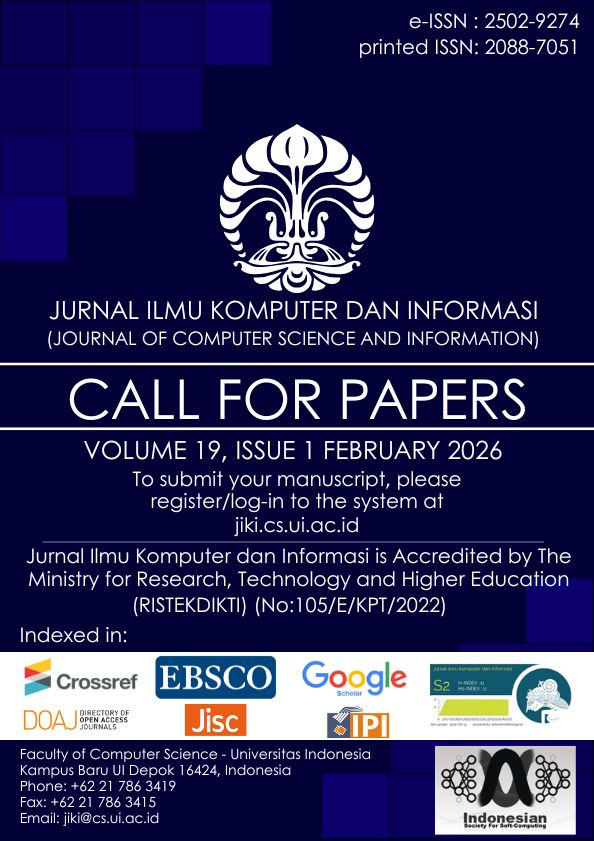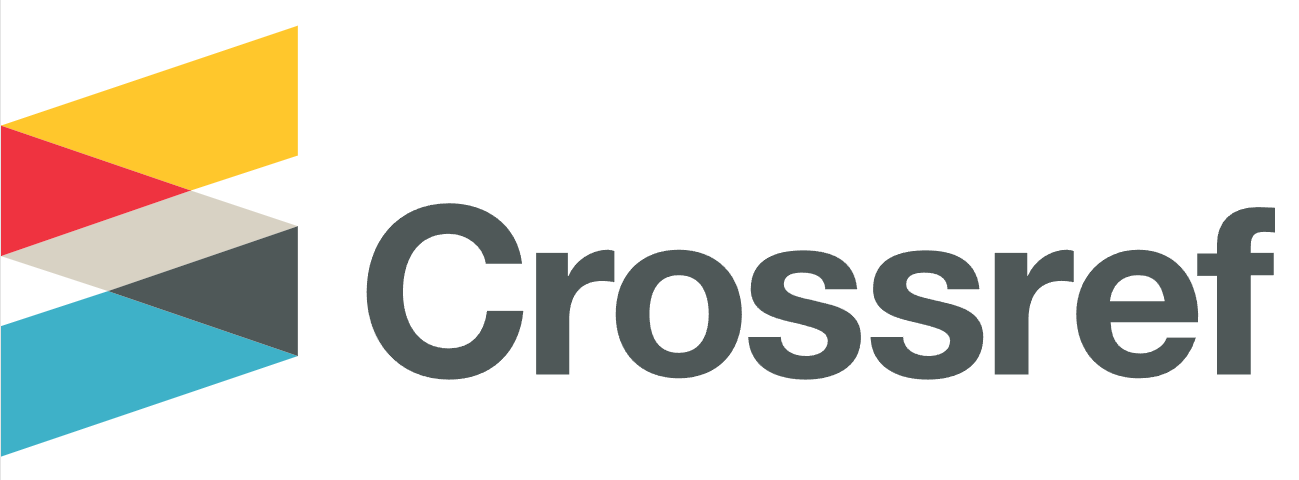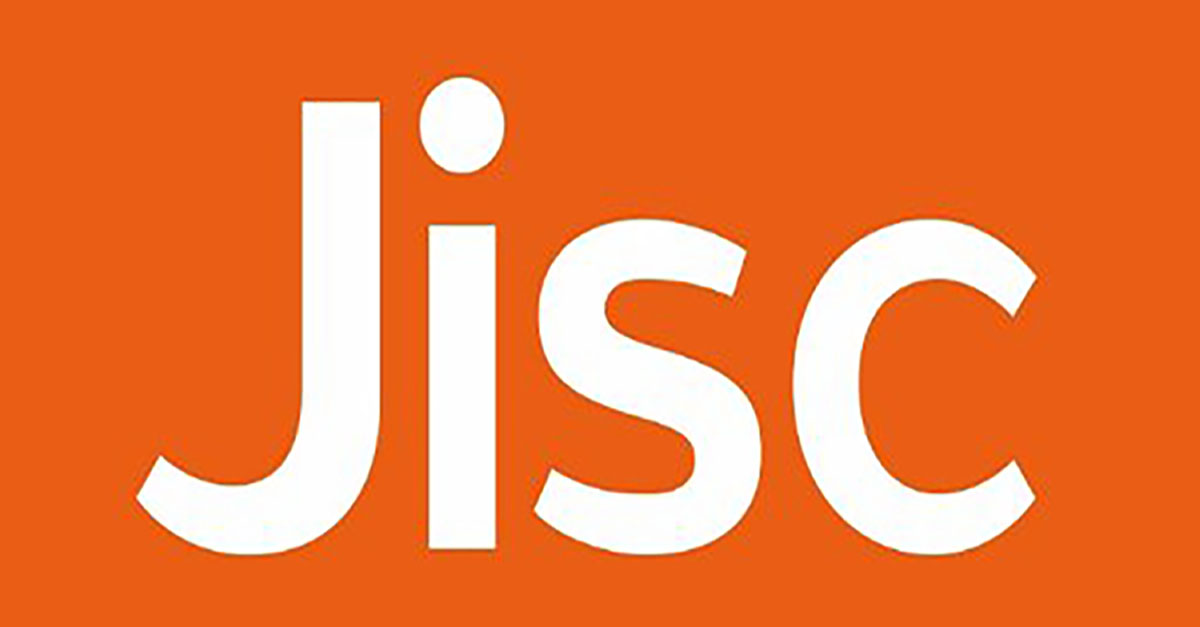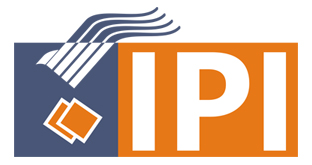YOLOv11 Model as a Smart Solution for Waste Identification and Classification in Automated Waste Management System
DOI:
https://doi.org/10.21609/jiki.v18i2.1490Abstract
Urbanization and population growth present significant challenges for efficient and sustainable waste management. This research develops an IoT-based intelligent system for waste classification and management utilizing RFID technology, ESP32, a camera, an ultrasonic sensor, and the YOLOv11 object detection model. The system accurately identifies three categories of waste: organic, inorganic, and hazardous. The classification process is automated, incorporating user identification via RFID, servo-controlled bin lid operation, and capacity monitoring through an ultrasonic sensor. Data management is facilitated through a mobile application and a website, which provide user guidance and support for administrators. Test results indicate that the system achieves an average accuracy of 87.5% in the mAP50-95 evaluation, with specific accuracies of 89.0% for inorganic waste, 86.0% for hazardous waste, and 87.0% for organic waste. Despite these results, challenges remain, including object detection errors related to background interference. Future research should focus on enhancing the dataset and implementing data encryption to improve model accuracy and information security. This system demonstrates significant potential for enhancing waste management efficiency and promoting sustainable environmental practices.
Downloads
Published
How to Cite
Issue
Section
License
Authors who publish with this journal agree to the following terms:
- Authors retain copyright and grant the journal right of first publication with the work simultaneously licensed under a Creative Commons Attribution License that allows others to share the work with an acknowledgement of the work's authorship and initial publication in this journal.
- Authors are able to enter into separate, additional contractual arrangements for the non-exclusive distribution of the journal's published version of the work (e.g., post it to an institutional repository or publish it in a book), with an acknowledgement of its initial publication in this journal.
- Authors are permitted and encouraged to post their work online (e.g., in institutional repositories or on their website) prior to and during the submission process, as it can lead to productive exchanges, as well as earlier and greater citation of published work (See The Effect of Open Access).










